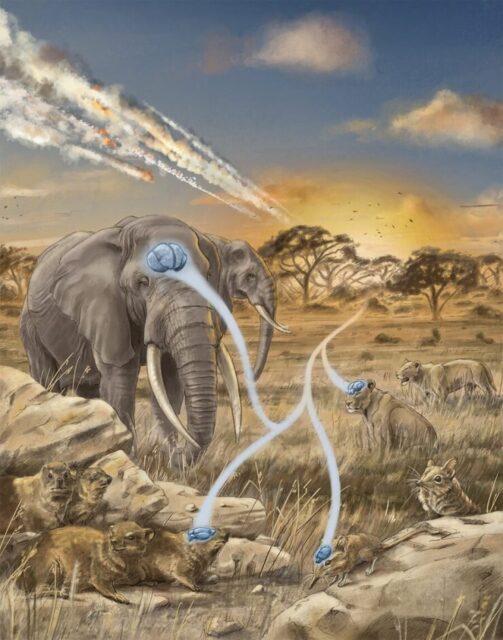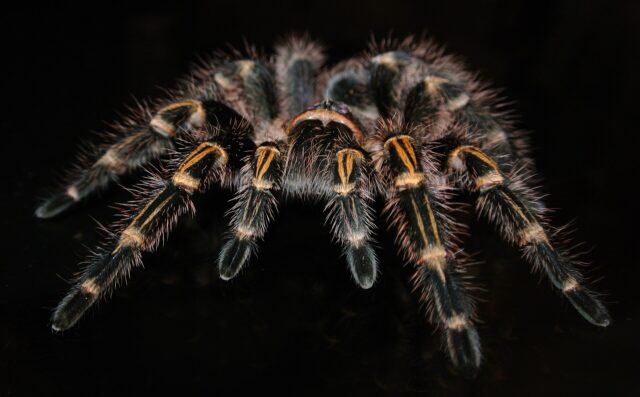Researchers at the University of Haifa, the Weizmann Institute and the Center for Genomic Regulation (CRG) have built the first atlas of all of the different types of cells in Stylophora pistillata, a reef-building stony coral native to the...
Coral reefs provide many services to coastal communities, including critical protection from flood damage. A new study led by researchers at the University of California, Santa Cruz, and the U.S. Geological Survey reveals how valuable coral reefs are in...
Scientists from Stony Brook University and the Max Planck Institute of Animal Behavior have pieced together a timeline of how brain and body size evolved in mammals over the last 150 million years. The international team of 22 scientists,...
It's a common sight: pelicans gliding along the waves, right by the shore. These birds make this kind of surfing look effortless, but actually the physics involved that give them a big boost are not simple.advertisement
Researchers at the University...
The next time you go for a hike, take an extra moment to appreciate the seemingly ordinary life all around you. A house fly, humble yarrow weed and other "generalist" plants and pollinators play a crucial role in maintaining...
Diversity in diet plays a role in the complexity of venom in pit vipers such as rattlesnakes, copperheads and cottonmouths.
But new collaborative research by Clemson University scientists found the number of prey species a snake ate did not drive...
Tarantulas are among the most notorious spiders, due in part to their size, vibrant colors and prevalence throughout the world. But one thing most people don't know is that tarantulas are homebodies. Females and their young rarely leave their...
A five-year study of mule deer does and newborn fawns in western Wyoming shows that migrating deer have a lot to balance when it comes to birth timing.
The study led by University of Wyoming scientists challenges the long-held assumption...
An amber fossil of a Cretaceous beetle has shed some light on the diet of one of the earliest pollinators of flowering plants.
The animal's remains were unearthed by researchers at the University of Bristol and the Nanjing Institute of...
Gray wolves are among the largest predators to have survived the extinction at the end of the last ice age around11,700 years ago. Today, they can be found roaming Yukon's boreal forest and tundra, with caribou and moose as...
Deep in a Jamaican cave is a treasure trove of bat feces, deposited in sequential layers by generations of bats over 4,300 years.
Analogous to records of the past found in layers of lake mud and Antarctic ice, the guano...


















